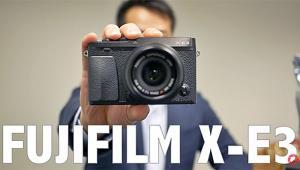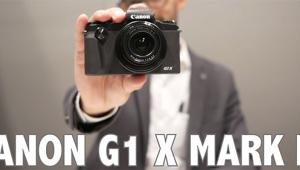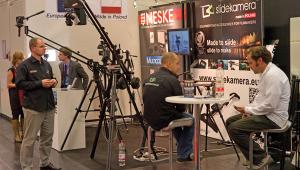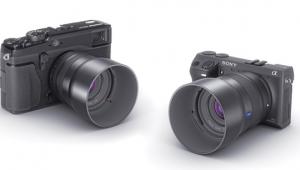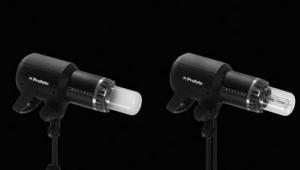On The Film Front
As Tom Shay from Fuji pointed
out, film technology is changing so fast that the manufacturers seldom
wait for a show to announce advances or bring out a new film. Consequently,
you may have seen announcements about new films before photokina.
|
- Log in or register to post comments

